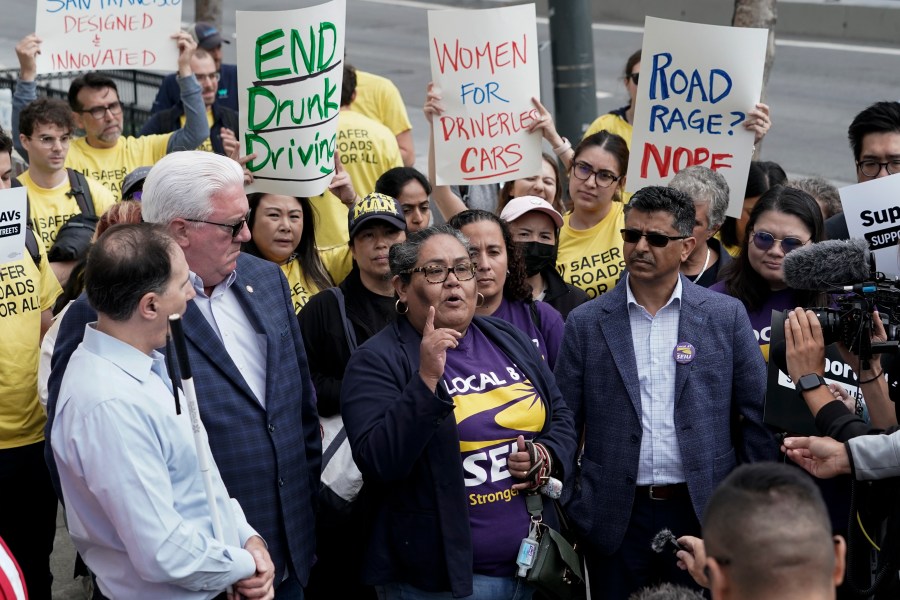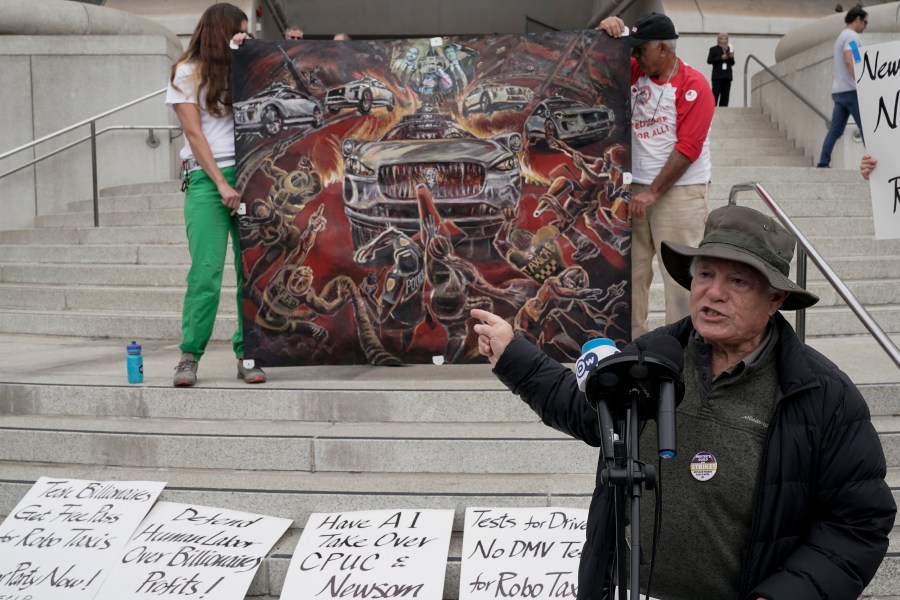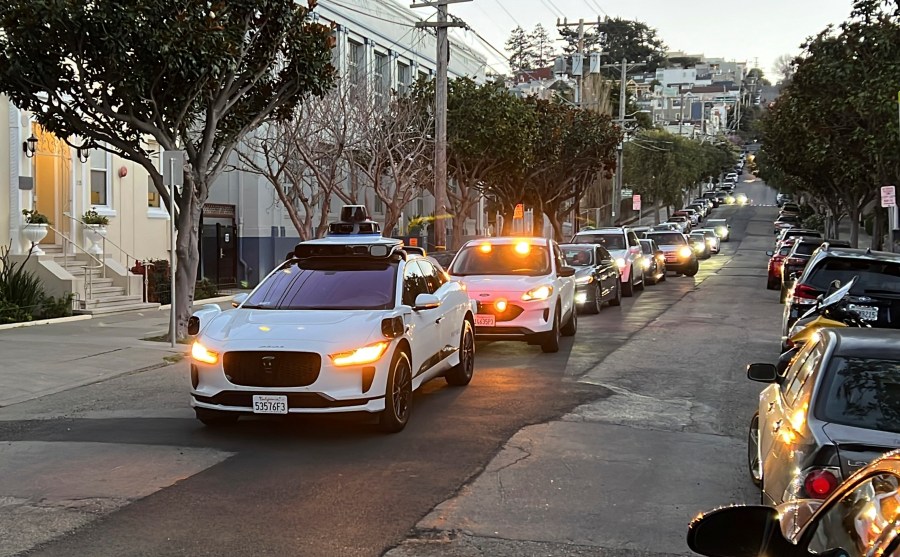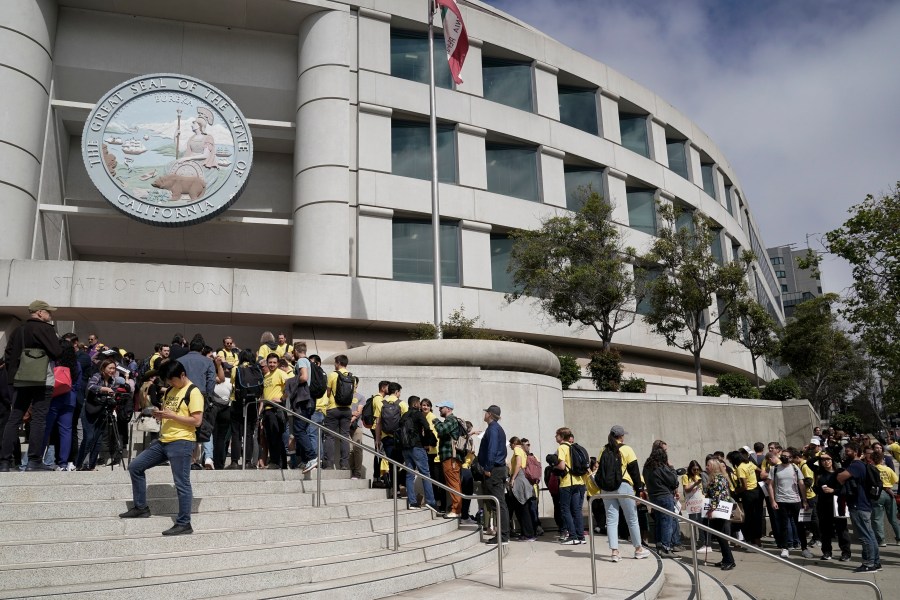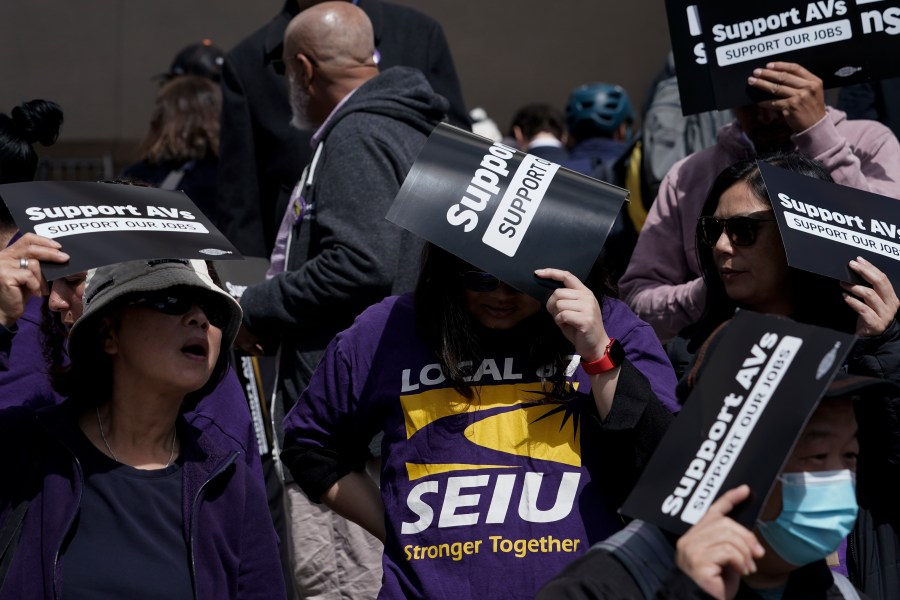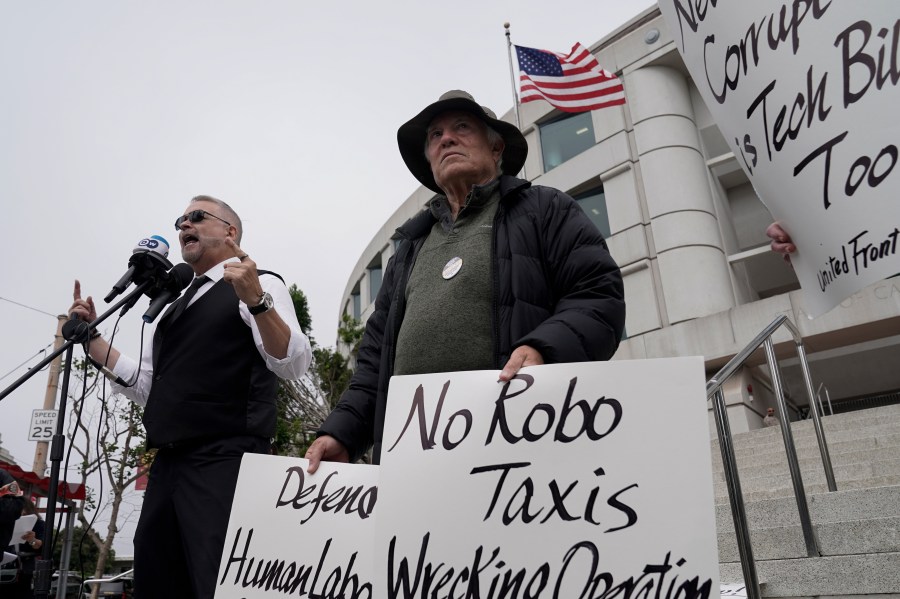San Francisco driverless taxi program expanded amid pushback
- Driverless taxis will become more readily available in San Francisco
- Support: Building the future of transportation, tech is state-of-the-art
- Critic: "It's essential to address, mitigate the safety concerns presented"
Testing on staging11
SAN FRANCISCO (NewsNation) — California’s Public Utilities Commission voted to expand San Francisco’s autonomous taxi service program on Thursday in a meeting that lasted hours, with testimony from residents and business owners both for and against the plan.
In a 3-1 vote, the commission allowed Cruise and Waymo, two companies that have been part of the city’s driverless taxi pilot program, to offer paid services in the city during the day.
It is a distinction that San Francisco officials didn’t want, largely because of the headaches that Cruise and Waymo have been causing in the city while testing their robotaxis on a restricted basis during the past year.
“These cars run on some kind of software, the city is mapped out, and there are limitations on where they can go. But essentially, it’s like an Uber or Lyft, or a taxi that drives itself without a human driver,” executive editor for Auto Trader Brian Moody said.
With this vote, the programs can expand to 24-7 and increase the number of cars they have on the road, allowing the city to keep up technologically with cities across the U.S.
“Phoenix and some places in Arizona have a similar system,” Moody said.
The vote came after hours of heated debate. Critics voiced their concerns over claims the technology didn’t recognize things like hand signals from bicyclists, emergency vehicles and some emergency situations. They gave reasons as to why the program needed more time to be perfected and shouldn’t expand.
“A car has to have a driver in it. It’s insane not to have a driver in the car,” one critic voiced at the meeting.
Others vented their frustration about San Francisco being transformed into a “tech playground” and the equivalent of an “ant farm” for haphazard experimentation.
The San Francisco Fire Department even took to social media, saying, “We have significant concerns about these vehicles. While we always support innovative technologies, it’s essential to address and mitigate the safety concerns presented.”
Supporters of the measure said voting for it would put the city at the forefront of technology and could prevent human error. They also said it could help more disabled people who are unable to drive to get around town and reduce the risks posed by drunken driving.
One speaker predicted that unleashing the robotaxis would create a tourist attraction that could become as popular as rides on the fabled cable cars that have been navigating the city’s streets for 150 years.
Waymo says there is so much interest in its robotaxis that it has already built up a waiting list of more than 100,000 people vying to take a driverless ride through the streets of San Francisco.
“Bay Area companies are building the future of transportation right now and their technology is state of the art. It is not absolutely safe but neither are distracted, exhausted, aggressive cab drivers,” one supporter said during the meeting.
Both Cruise and Waymo cited their unblemished safety records as proof their robotaxis are less dangerous than vehicles operated by people who can be distracted, intoxicated or just lousy drivers.
Moody said he thinks other states will see how California handles this as a way to decide who regulates it when technology expands into other cities and states, especially since the state is regulating this measure, not the local government.
The Associated Press contributed to this report.


